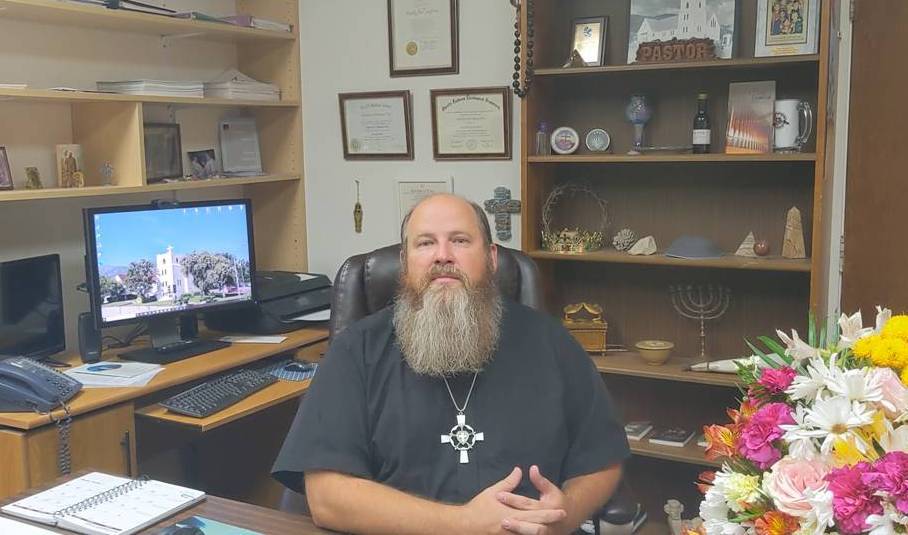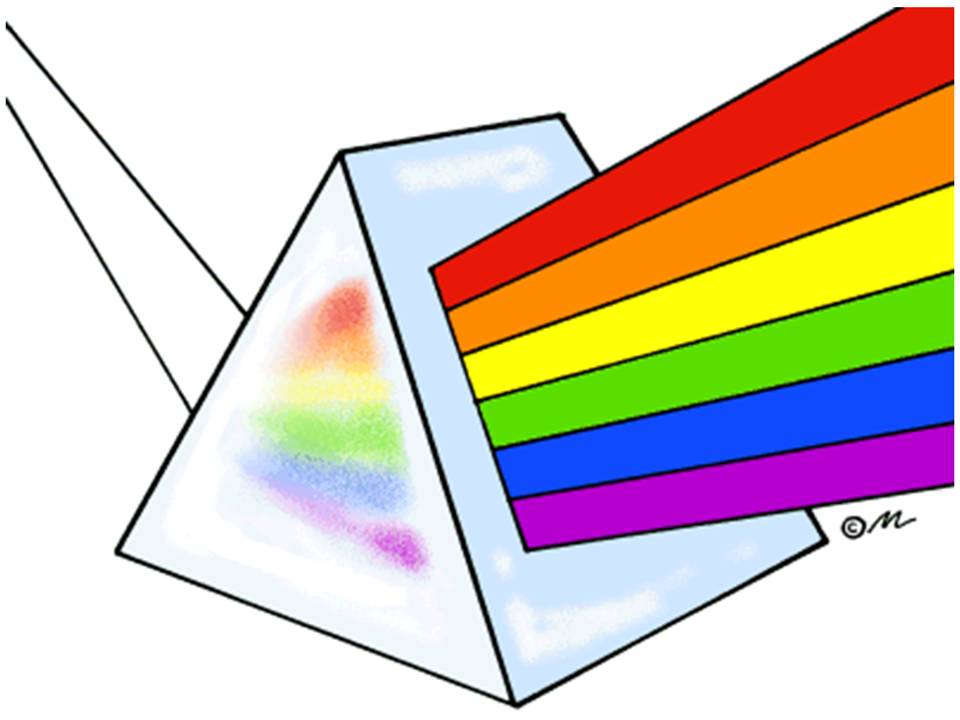Last week (as of the writing of this article) I traveled to Wisconsin to officiate at my oldest first cousin’s memorial service. My cousin Nanette suffered so much from her rheumatoid arthritis since the age of 30 until her death at 73. In fact, this disease most definitely shortened her longevity in this life probably by decades. However, Nanette always managed to count her blessings and genuinely appreciate the good times. She showed us all that each day we have a choice to make: to give in or to keep on trucking. Regardless of our circumstances, we can either choose to number our liabilities, or choose to count our blessings and get up to fight on for another day.
My cousin Nanette was also known for her beautiful stained glass artwork, and I think this art form is a wonderful metaphor for her life despite the rheumatic disease that she struggled with. Just as she took fragile broken pieces of glass to make her stained glass art, she faced the debilitating brokenness of her own body to make out of it a beautiful life together with her friends and family.
Interestingly, stained glass has a long and storied history. In fact, colored glass has been produced since ancient times. From the Egyptians to the Phoenicians to the Romans, these ancient civilizations excelled at the manufacture of small colored glass objects. But it was Christian civilization that embraced the stained glass art form in a grand and monumental way.
Evidence of stained glass windows in churches and monasteries in Great Britain can be found as early as the 7th Century AD. The earliest known reference dates from 675 AD when workmen were imported from France to glaze the windows of the monastery of St. Peter at Monkwearmouth (what a name!) in England. Interestingly, the glass industry established by the Romans in Syria continued during the later Islamic era with major centers of manufacture in cities like Damascus. However, it was the gothic style of Medieval Christendom that elevated (both literally and figuratively) the artistry of stained glass to its historical pinnacle. Gothic Cathedrals are skeletal structures (like dry bones) on the outside, but, with high vaulted ceilings and entire walls of colorful stained glass, they are buildings of heavenly light on the inside. Their purpose was to uplift the worshipper to be spiritually raptured up toward heaven by the beautiful and enchanting light streaming through the stained glass, reminding them of God’s pure Light, the Light of Christ.
You know recently, I saw a gravestone (not my cousin’s) that had a symbol etched into it that I was not familiar with. I looked it up, and the symbol is a stylized Thor’s Hammer. Now, I’m pretty sure that the deceased person with the Thor’s Hammer symbol on his gravestone was not a practitioner of Norse Paganism. I’m fairly certain that it’s simply an expression of Scandinavian ethnic pride. And of course, there’s nothing inherently wrong with having ethnic self-esteem and pride. However, be that as it may, I must say as a Christian that I would not want my last testimony on my grave marker to be merely a statement of ethnic identity. Having the Light of Christ my Savior in my life surpasses all the earthly distinctions that identify me, and this is what I would want my last testament to be.
As the Apostle Paul writes: “But whatever were gains to me I now consider loss for the sake of Christ. What is more, I consider everything a loss because of the surpassing worth of knowing Christ Jesus my Lord, for whose sake I have lost all things. I consider them garbage, that I may gain Christ…” (from Philippians 3:3-9).
At the beginning of the Easter Vigil service each year (as we observed several months ago) when we enter into the darkened church building with our lit handheld candles, we exclaim three times (at the back, middle and front of the church), “The Light of Christ! Thanks be to God!” And the reason we exclaim this three times, dear brothers and sisters, is to emphasize that we have the all-surpassing Light of Christ our Lord! We have the Eternal Light of the grace, faith, hope and love of Jesus the Son of God. So, whether in our life or in our death, why on Earth would we ever uplift any symbol or identity or whatever above the symbols and blessedness of Jesus Christ our Savior and Lord?
“Christ, be our light! Shine in our hearts. Shine through the darkness. Christ, be our light!” (from hymn #715 of the ELW hymnal).
Together in Christ, Pastor Tim


